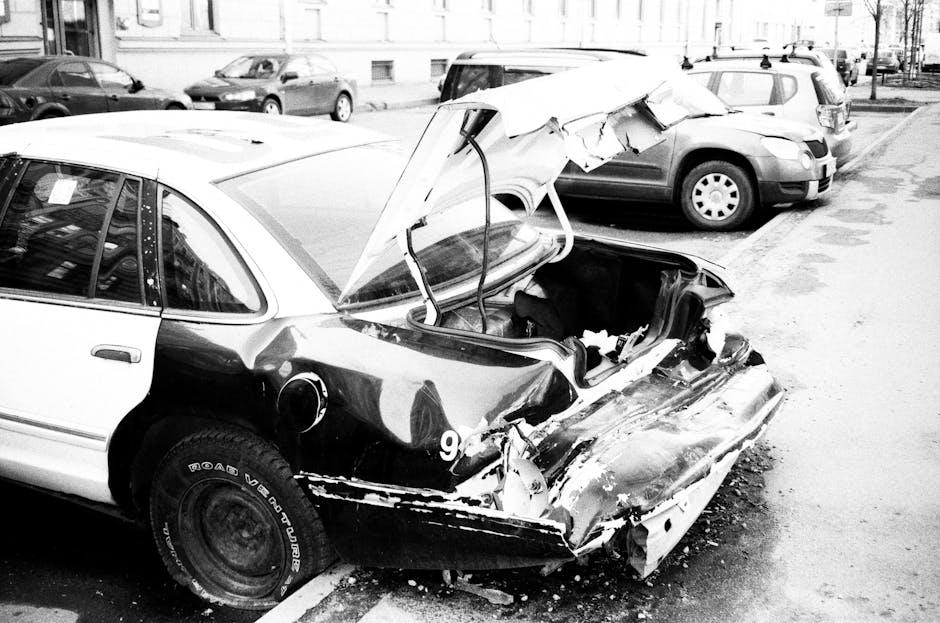When your vehicle’s emergency brake suddenly falters, the unsettling jolt of uncertainty can ripple through even the most experienced drivers. The emergency brake, often overshadowed by its more prominent counterpart—the foot brake—is a silent guardian, steadfastly ready to halt your car in moments of need. Yet, like any mechanical component, it demands care, attention, and timely repair to remain reliable. In this article, we’ll navigate through essential tips to diagnose, maintain, and repair your emergency brake, ensuring that when that crucial moment comes, you’re not just hoping for safety—you’re securing it.
Table of Contents
- Understanding the Warning Signs of Brake Failure
- Essential Tools and Safety Gear for Emergency Brake Repairs
- Step by Step Guide to Inspecting Your Brake System
- Quick Fixes for Common Brake Problems on the Road
- When to Replace Brake Pads and Rotors Immediately
- Preventive Maintenance Tips to Avoid Future Brake Emergencies
- Q&A
- Insights and Conclusions

Understanding the Warning Signs of Brake Failure
Recognizing the early indicators of a system on the brink of failure can be the difference between a minor repair and a costly accident. Pay close attention to unusual sounds such as squealing or grinding whenever you apply the brakes. These noises often signal worn brake pads or rotors in distress. Additionally, a spongy or soft brake pedal, which sinks more than usual when pressed, hints at possible air in the brake lines or fluid leakage. Be alert to a burning smell after heavy braking, as this can indicate overheating — a sign that brake components are under extreme stress.
It’s vital to watch for changes in vehicle behavior that often go unnoticed. Experiencing a longer stopping distance despite normal pedal pressure, or the car pulling to one side while braking, can indicate uneven brake pad wear or a stuck caliper. Regular checks can be simplified using this quick reference:
| Symptom | Possible Cause | Urgency Level |
|---|---|---|
| Squealing or Grinding Noise | Worn Brake Pads | High |
| Soft Brake Pedal | Fluid Leak or Air in Lines | Critical |
| Burning Smell | Overheated Brakes | Urgent |
| Vehicle Pulls to One Side | Caliper or Pad Issues | Moderate |
| Increased Stopping Distance | Brake Fade or Worn Components | High |
- Always address warning signs immediately to ensure safety
- Schedule inspections if you notice any irregular braking behavior
- Use this guide for quick self-assessment before heading to a professional
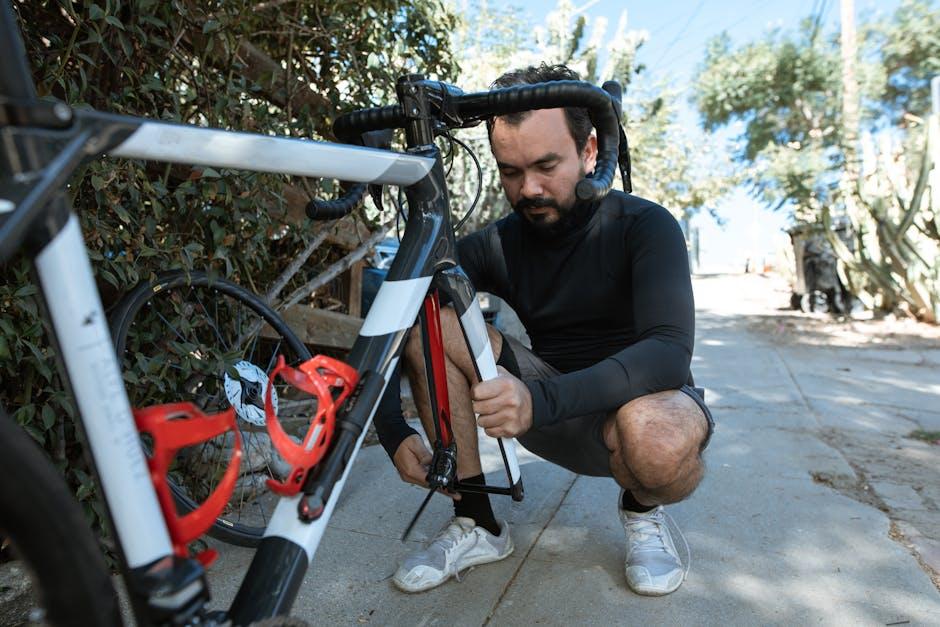
Essential Tools and Safety Gear for Emergency Brake Repairs
Before diving into any emergency brake repair, having the right tools and safety gear is crucial to ensure both effectiveness and personal protection. Essential tools often include a high-quality jack and jack stands to securely lift and hold the vehicle, a lug wrench for removing the wheels, and a brake caliper tool for retracting brake pistons. Additionally, you should keep handy a set of pliers, a wire brush to clean off rust and debris, and a torque wrench to tighten bolts to the manufacturer’s specifications. Having these at your disposal streamlines the repair process and helps avoid unnecessary delays during critical moments.
Never underestimate the importance of safety gear when dealing with brake repairs, as brake dust and vehicle components can pose health and physical risks. Use dust masks to prevent inhalation of harmful particles and protective gloves to safeguard your hands from sharp edges and chemicals. Eye protection is equally vital to shield your eyes from flying debris or brake fluid. Below is a quick overview of must-have safety gear:
| Safety Gear | Purpose |
|---|---|
| Dust Mask | Prevents inhalation of brake dust |
| Protective Gloves | Guards hands from sharp edges & chemicals |
| Safety Goggles | Protects eyes from debris and fluid spray |
| Reflective Vest | Ensures visibility if roadside repair |
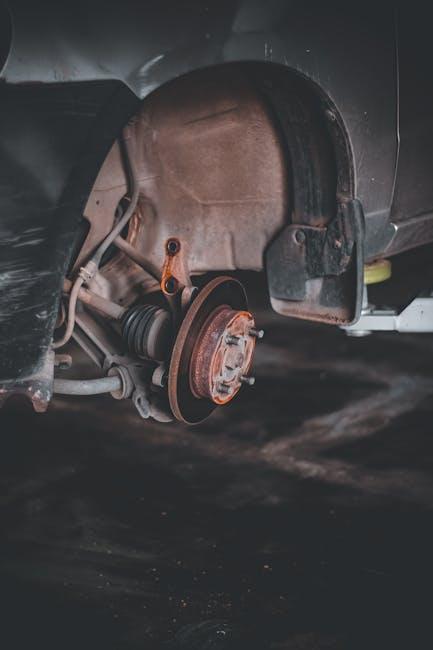
Step by Step Guide to Inspecting Your Brake System
Begin by ensuring your vehicle is parked on a flat surface with the parking brake engaged for safety. Start with a visual check of the brake pads and rotors through the wheel spokes—look for signs of excessive wear, such as thinning pads or deep grooves on the rotors. Next, gently press the brake pedal; it should feel firm and responsive, not spongy or too soft, which can indicate air in the brake lines or fluid leaks. While inspecting, don’t forget to check the brake fluid reservoir under the hood; a low level or dark fluid can signal contamination or leaks in the system. Keep a flashlight handy to illuminate hard-to-see areas and a clean rag to wipe any dirt away for a clear view.
- Brake Pad Thickness: Replace if less than 3mm.
- Rotor Surface: Look for scoring, cracks, or rust.
- Brake Fluid: Ensure it’s clear and filled to the recommended level.
- Brake Lines: Check for leaks or cracks in hoses.
- Pedal Response: Test for firmness and consistent travel.
| Symptom | Possible Cause | Immediate Fix |
|---|---|---|
| Soft Brake Pedal | Air in brake lines | Bleed brakes |
| Squealing Noise | Worn pads | Replace pads |
| Pulling During Brakes | Uneven pad wear | Inspect calipers |

Quick Fixes for Common Brake Problems on the Road
If you find your brakes squeaking or feeling spongy, don’t panic—there are straightforward steps you can take to regain control and safety in minutes. First, check the brake fluid level; low fluid often leads to reduced braking performance. If it’s low, topping it off with the correct type of brake fluid can be an immediate boost. Also, inspect the brake pads through the wheel spokes—if they look thin, it might be time for a quick replacement. Remember, clean brake components can help reduce noise, so wiping down the rotors with a brake cleaner might eliminate that annoying squeal.
For sudden brake fade or loss of pressure, here’s a quick checklist of on-the-road fixes that can make a huge difference:
- Pump the brake pedal: This can build up hydraulic pressure if the fluid line has a small leak or air bubbles.
- Adjust the parking brake: Sometimes, the emergency brake cable loosens, so pulling the handle a few extra times can help engage the brakes better.
- Inspect tires and wheel alignment: Uneven wear or misalignment can strain your braking system, so a quick visual check can help you identify hidden causes.
| Symptom | Quick Action | Postpone Professional Help? |
|---|---|---|
| Soft pedal feel | Pump brakes & check fluid | Short term only |
| Squealing noise | Clean rotors or adjust pads | Depends on severity |
| Brake pulling | Check tires and alignment | Not recommended |
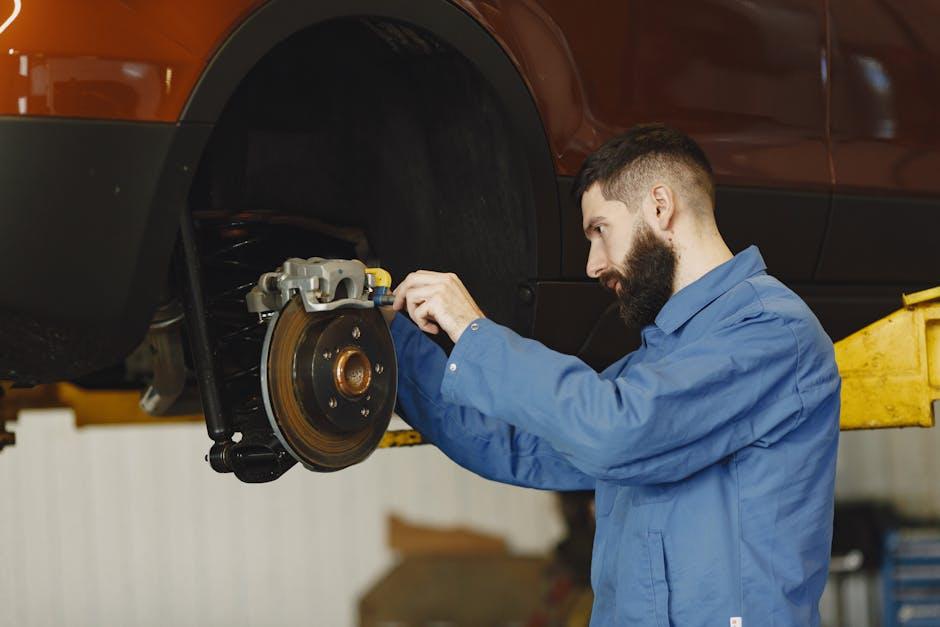
When to Replace Brake Pads and Rotors Immediately
Ignoring severe brake issues can put you and others at serious risk. It’s critical to replace brake pads and rotors immediately when you notice persistent squealing even after multiple stops, a grinding noise signaling metal-on-metal contact, or visible grooves and cracks on the rotor surface. These symptoms indicate that the components have worn past their safe limits and continuing to drive can lead to complete brake failure.
Other urgent signs to watch for include a spongy or soft brake pedal, which might mean hydraulic leaks or air in the brake lines, and brake vibration or pulsation during stopping, pointing to warped rotors. If you experience any of these warning signals, prioritize emergency brake service to avoid costly damages and ensure your vehicle stops safely every time.
- Squealing or screeching sounds when braking
- Grinding noise indicating worn pads
- Visible cracks or grooves on rotors
- Soft or spongy pedal feel
- Vibrations during braking
| Symptom | Action | Risk Level |
|---|---|---|
| Squealing noise | Schedule inspection | Medium |
| Grinding sound | Replace pads & rotors ASAP | High |
| Rotor cracks | Immediate replacement | Critical |
| Soft brake pedal | Check brake fluid & lines | High |
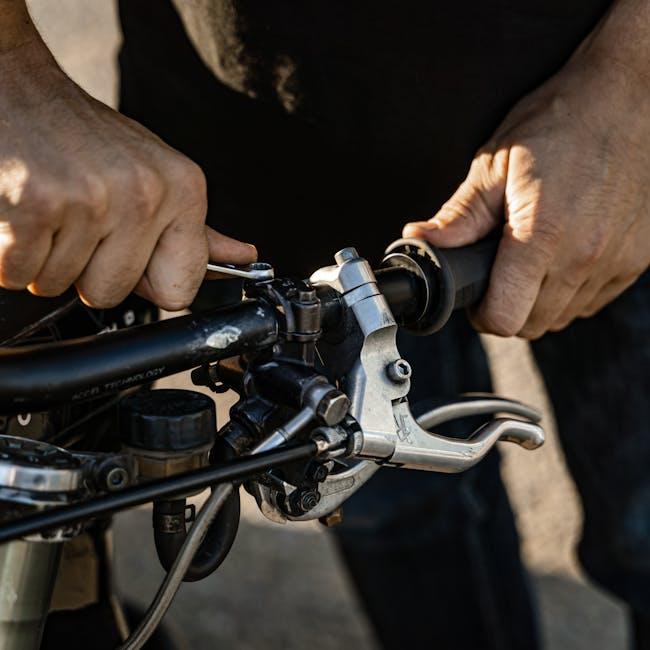
Preventive Maintenance Tips to Avoid Future Brake Emergencies
Keeping your brakes in top shape doesn’t have to be complicated. Regular checks can catch wear and tear before it becomes a costly emergency. Inspect your brake pads and discs every 6,000 miles or more frequently if you drive in heavy traffic or hilly terrain. Listen for unusual noises like squeaking or grinding, which often signal the need for attention. Additionally, keeping the brake fluid fresh and at the recommended level ensures optimal system performance. Remember, brake fluid absorbs moisture over time, which can reduce braking efficiency and cause corrosion inside the brake lines.
Adopting a proactive approach with these simple habits can dramatically lower the risk of unexpected brake failure. Consider these tips as part of your routine vehicle care:
- Keep an eye on pedal feel: A soft or spongy brake pedal often indicates air in the brake lines or fluid issues.
- Schedule annual professional inspections: Certified mechanics can spot hidden problems before they develop.
- Avoid harsh braking: Gentle deceleration preserves brake components and extends their life.
| Maintenance Task | Recommended Frequency | Benefit |
|---|---|---|
| Brake Pad Inspection | Every 6,000 miles | Prevents pad wear & disc damage |
| Brake Fluid Replacement | Every 2 years | Maintains hydraulic efficiency |
| Professional Brake Check | Annually | Identifies hidden weaknesses |
Q&A
Q&A: Emergency Brake Repair Tips
Q1: How can I tell if my brakes need emergency repair?
A1: If you notice unusual sounds like squealing or grinding, a spongy brake pedal, brake warning lights on the dashboard, or reduced braking power, these are clear signs your brakes need immediate attention. Ignoring these symptoms can lead to dangerous driving conditions.
Q2: What should I do if my brakes fail while driving?
A2: Stay calm and gently pump the brake pedal to build pressure. Use your emergency or parking brake gradually to slow down. Downshift to a lower gear if you’re driving a manual transmission, and steer safely to the side of the road. Avoid turning off the ignition immediately, as this can disable power steering and brake assistance.
Q3: Can I fix emergency brake issues myself?
A3: Simple tasks like topping off brake fluid or checking for obvious leaks can be done by most drivers. However, complex repairs involving brake pads, rotors, or hydraulic systems require professional expertise. Safety should always come first, so when in doubt, contact a certified mechanic.
Q4: How often should I inspect my emergency brake system?
A4: It’s wise to inspect your emergency brake every 6 months or whenever you notice it’s not holding the vehicle properly on inclines. Routine checks during regular maintenance can prevent unexpected failures.
Q5: Are there quick fixes to improve emergency brake performance temporarily?
A5: Adjusting the emergency brake cable for tighter tension can provide a temporary fix if the brake feels loose or ineffective. However, this is only a short-term solution, and a full inspection and repair should follow promptly.
Q6: What causes emergency brakes to fail suddenly?
A6: Common causes include worn brake pads, stretched or snapped cables, contaminated brake fluid, or corroded components. Extreme weather and lack of maintenance can accelerate these issues.
Q7: Is it safe to drive with a faulty emergency brake?
A7: Driving with a malfunctioning emergency brake isn’t advisable as it compromises your vehicle’s ability to remain stationary when parked, especially on slopes. Additionally, it serves as a backup braking system in emergencies, so maintaining it is critical for safety.
Q8: What preventive measures can I take to avoid emergency brake problems?
A8: Regular maintenance, including brake inspections, fluid changes, and cable adjustments, helps keep the emergency brake in top shape. Also, avoid excessive force when engaging the brake and keep your vehicle clean to prevent corrosion.
By understanding these emergency brake repair tips, you can better protect yourself and others on the road, ensuring your braking system remains reliable when you need it most.
Insights and Conclusions
In the realm of vehicle safety, your emergency brakes stand as a silent guardian, ready to step in when it matters most. Keeping them in prime condition isn’t just about maintenance—it’s about peace of mind every time you hit the road. By understanding these emergency brake repair tips, you’re ensuring that your brakes respond swiftly and reliably, turning potential crises into controlled stops. So, take the time to care for your emergency brakes today, because when seconds count, a well-maintained brake system can be your greatest ally. Drive safe, stay prepared, and let your brakes do the talking when the unexpected comes knocking.

